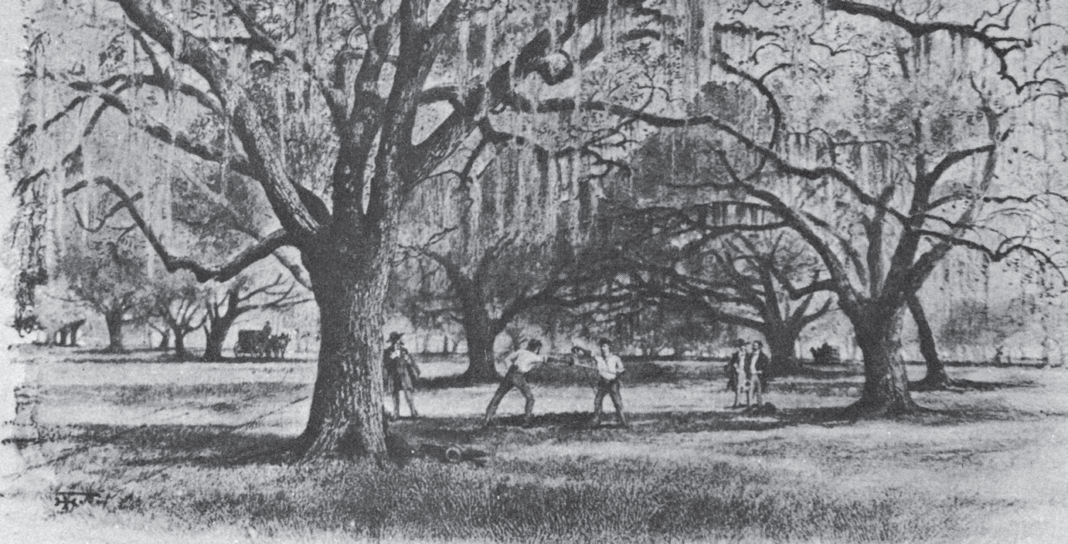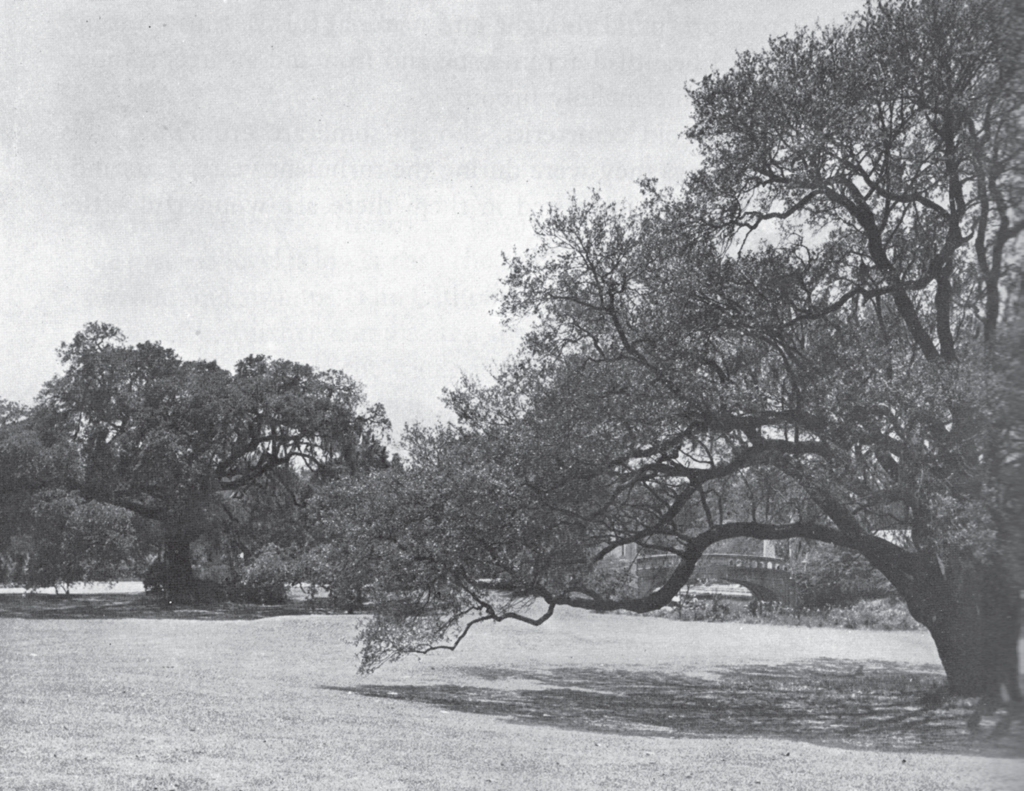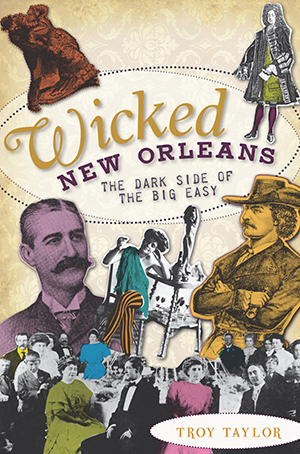
Over the years, New Orleans has earned the nickname of “The City that Care Forgot,” evoking its laid-back, relaxed attitude on life. Today, its streets are filled with tour carriages, artists, and musicians. But did you know that in the city’s early years, those same streets frequently ran red with blood?
Many readers will be aware of the exploits of the legendary pirate Jean Lafitte, or the rascals and rapscallions that patronized the infamous Storyville red-light district. Gambling, drinking, carousing, and corrupting were grand traditions in New Orleans’ first two centuries.
In his book Wicked New Orleans: The Dark Side of the Big Easy, author Troy Taylor describes the many layers of sin and vice that plagued the Crescent City since its founding. But what readers may not be aware of is a tradition that existed in the years after New Orleans became an American city (in the Louisiana Purchase) but before the Civil War. During the mid-1800s, the young men of high society were eager to acquire, and defend, their honor as they moved up the social ladder.
According to Taylor, these young men, many of them Creole, were prone to quarreling, whether through an insult actual or perceived, through a lack of proper decorum, or even by a mere accident, such as stepping on another’s toes during a dance. And such quarrels only had one means of resolution.
Drawing their French sword canes, a weapon known as the colchremarde, these young men would step outside whatever dance hall or other venue where the infraction occurred, and head to St. Anthony’s Square behind the main cathedral. “There they fought,” Taylor writes, strictly according to code … Honor was satisfied in most situations with the drawing of first blood, however slight the wound, and the victor returned to the ballroom, while the vanquished duelist hurried home to bandage his cuts.”
Such fights were officially illegal, but in the grand tradition of the city, legality was more a suggestion than a rule—even when the growing number of American duelists began to kill their opponents, not just wound them. Moreover, they occurred all over town: Taylor notes that one of the most cherished spots for dueling was on the then-Louis Allard plantation, north of the French Quarter. Today, the spot of ground lies in none other than New Orleans’ own City Park!

In his book, Taylor chronicles the fighting lives of such prominent citizens as Bernard Marigny, who later became a Congressman from Louisiana, and the nearly seven-foot tall blacksmith James Humble, who preferred to duel with a sledgehammer rather than a sword or pistol. Taylor writes that “Before the Civil War, there was hardly a man in public life in New Orleans who had not fought at least one duel.”
Eventually the practice died out, largely due to the Civil War and the loss of so many young men to conflicts in battlefields across the South. But walking through the streets and parks of New Orleans today, with their lazy atmospheres, their languid airs, and their friendly residents, it’s hard to imagine that so much of the soil in this city was soaked in blood. Next time you visit the Crescent City, make sure you watch your step—you never know where your foot might fall!
For more on New Orleans’ sordid history of dueling, drinking, gambling, and other vices past and present, be sure to check out Troy Taylor’s “Wicked New Orleans: The Dark Side of the Big Easy,” published by Arcadia/The History Press.




